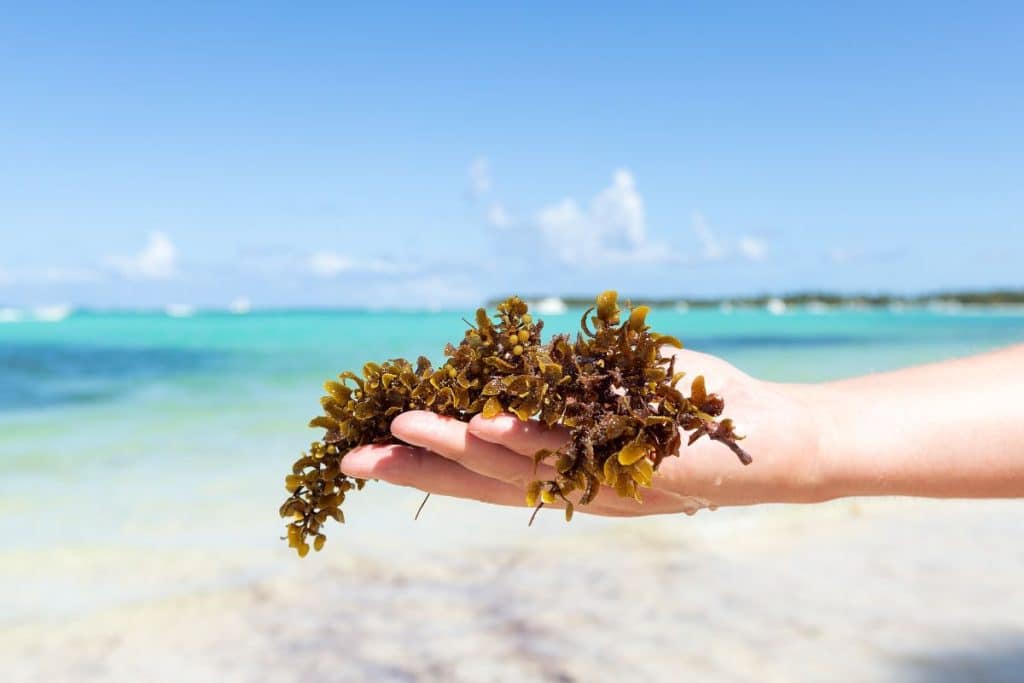Changes in winds and currents in the sea have brought with them the season of the ‘Portuguese frigate’. a jellyfish better known as Agua Mala (Bad water in Spanish), to the shores of Solidaridad. According to a Civil Protection lifeguard, four cases of bites have been reported.
The official said these animals are mainly found in the beach area of Punta Esmeralda, where tropical storms have recently occurred. For this reason, it was necessary to deny swimmers access to the sea to prevent them from being harmed by the jellyfish.
He recommended that if you go to a beach, you contact the lifeguards to get information about the type of harmful fauna found in the region so that you can take precautions and know what to do if you are stung by this animal .
Another species to keep in mind when traveling to Mexico is the pesky Sargassum. Read on to see what it is and when it arrives on Mexican shores.
What is Sargassum?
Sargassum is a type of brown seaweed that occurs seasonally on the beaches of Mexico and Florida. When it decomposes, it releases hydrogen sulfide, a substance with a foul odor reminiscent of rotten eggs. While the seaweed poses no immediate health risks, the small marine animals that live in Sargassum do can cause skin irritation and blisters.
When does Sargassum seaweed season start?
Sargassum season forecast in Mexico usually lasts from April to October, when it lands on the beaches of the Caribbean Sea and the Gulf of Mexico. The main season, which varies every year, takes place in the later summer months.





